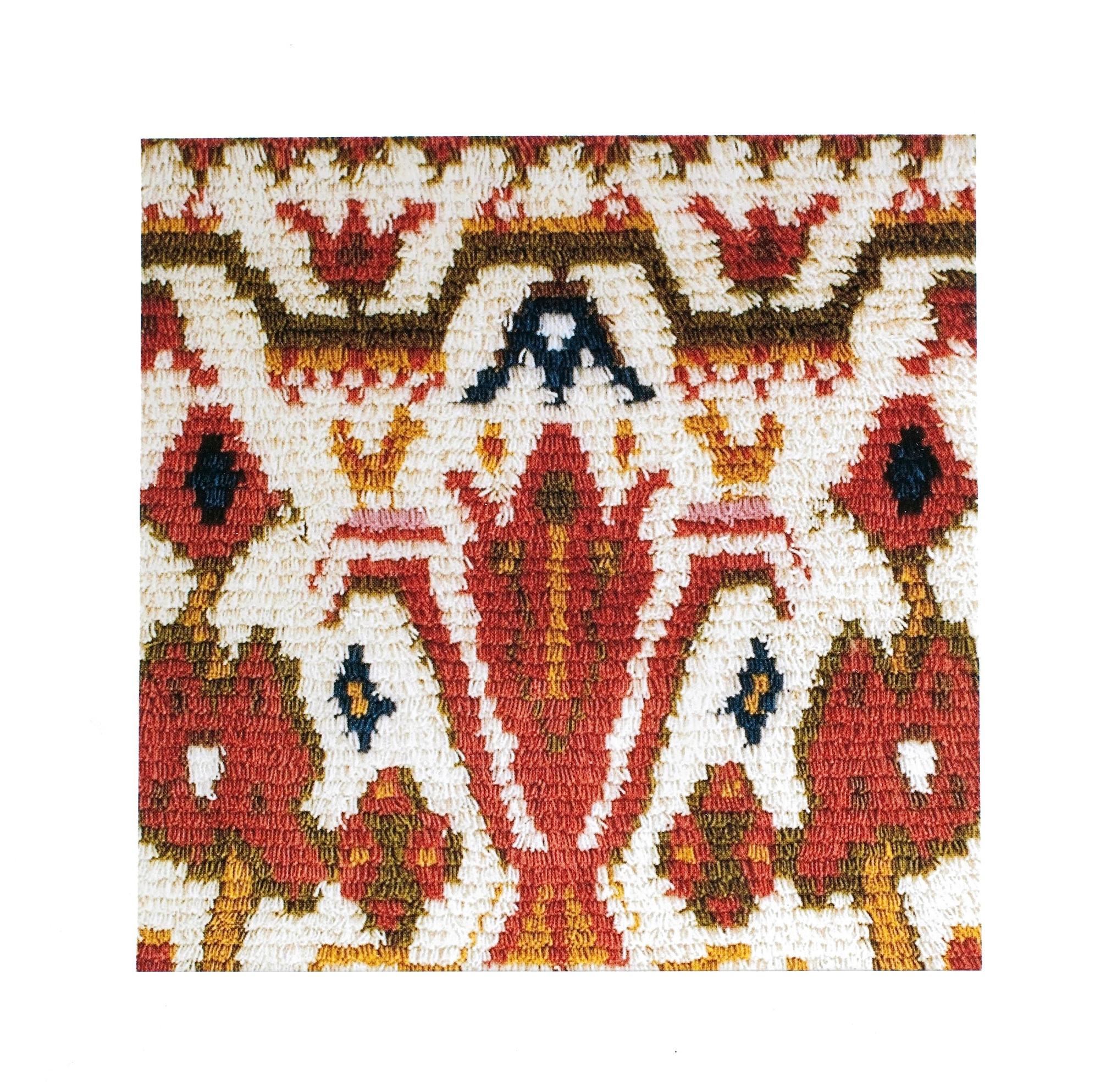
Finnish ryijy—the colorful history of this wall hanging connects Vikings, wedding couples, and experimental art
Originally, a ryijy was something Finns would wrap themselves in to sleep. Later, they became part of wedding ceremonies, and eventually they were hung as prized textiles in a central place in the home. Ryijys have once again piqued the interest of home decorators.
Ryijys with a raised nap are a Nordic specialty. They were originally made by Vikings from about the 8th century onward for sea voyages. Earlier, animal hides had been used as blankets, but they hardened in the damp sea air. A fully woolen ryijy remained soft and warm, even when wet.
Ryijys arrived in Finland along the west coast on Viking ships. They quickly became popular because cold and drafty homes required warm covers. Ryijys were also used to keep warm during winter sleigh rides.
The ryijy remained a bedcover for a long time. They were still used in poorer households well into the late 19th century, until wadded comforters and industrially produced wool blankets replaced them.
At first, ryijys were placed with the nap facing downward for maximum warmth. They were woven either in a single color or with checked or striped patterns.

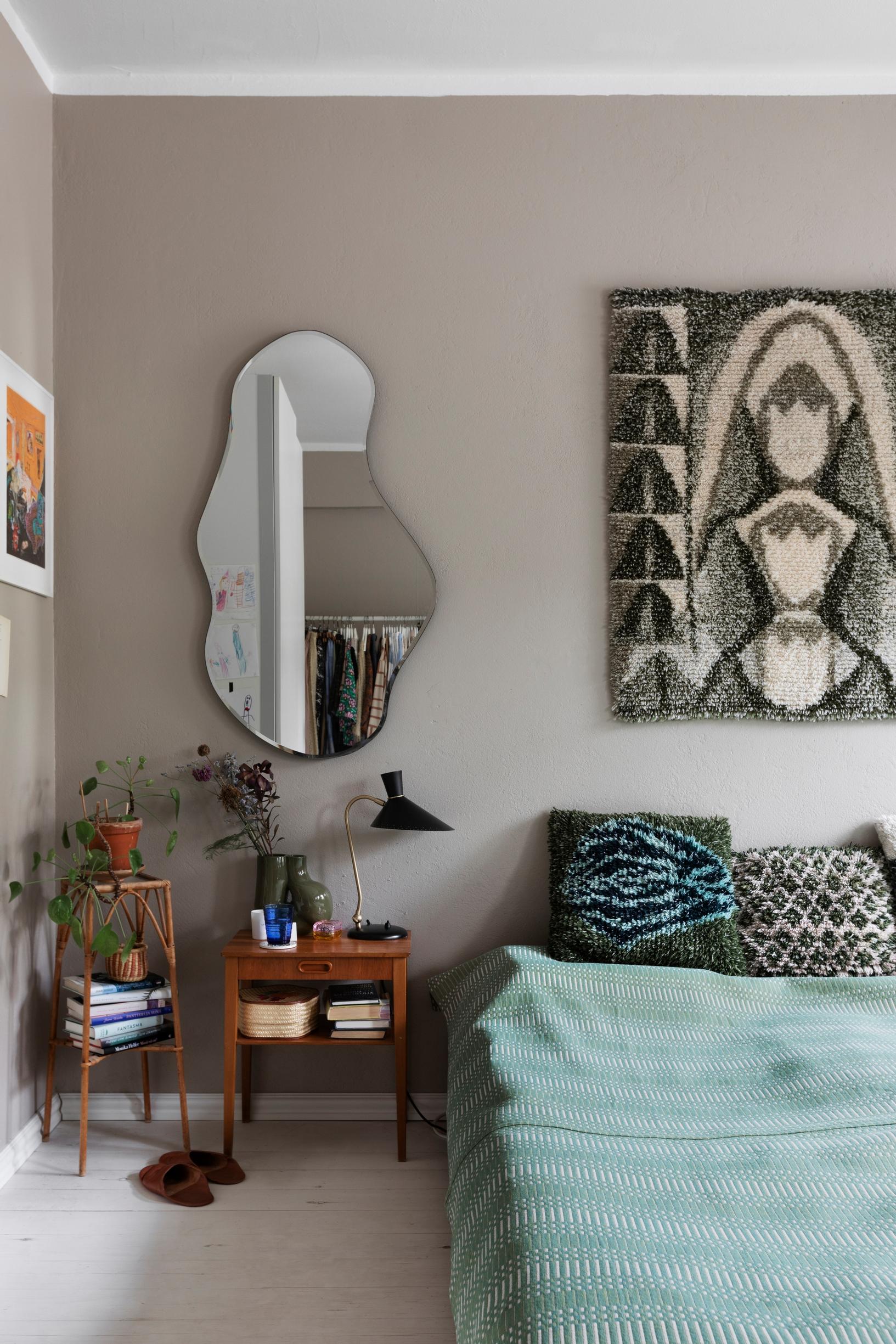
Vikings brought ryijys to Finland, initially along the west coast.
Ryijys took on a more striking form in the 17th century, when they were incorporated into wedding ceremonies. Women made beautifully patterned ryijys as part of their dowry, and the bridal couple stood on one of these ryijys throughout the ceremony. The same wedding ryijy was then used as a bedcover in the marital bed.
Ryijy weavers began to compete with each other in composition and craftsmanship. The yarns were dyed with natural plant dyes, and decorated with motifs believed to bring good luck—hearts, crosses, crowns, and trees of life—were arranged on the ryijys. These fine textiles were laid out with the nap facing upward.
In the mid-19th century, ryijys were adorned with motifs familiar from other handicrafts. The era’s favorite motif was a striking rose. Colors became more intense as the chemical industry advanced in the 1800s, allowing wool to be dyed with synthetic substances. These shades were bolder than natural dyes.

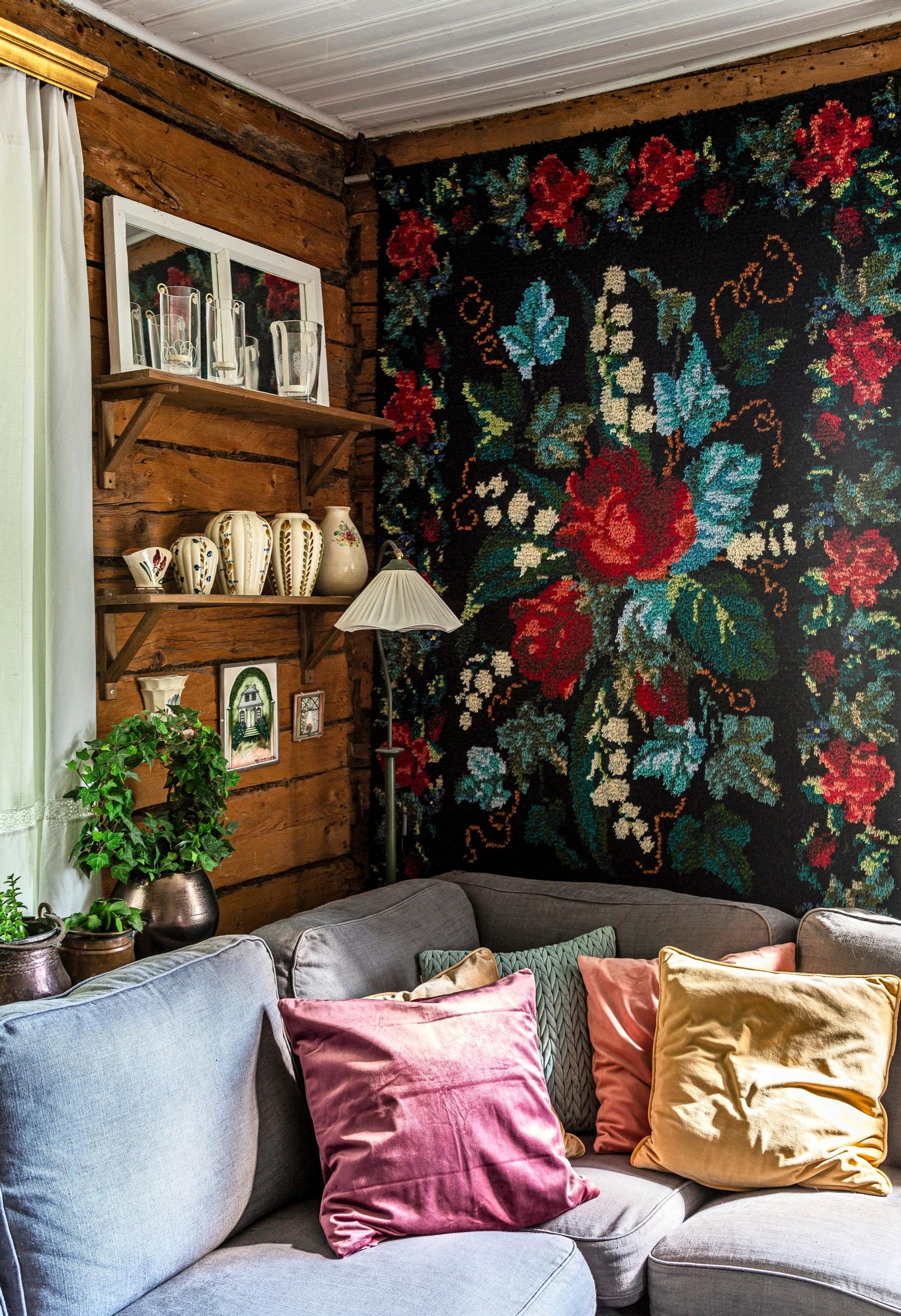
When Finnish national consciousness began to awaken around the turn of the 20th century, ryijys were rediscovered. The most renowned Finnish artists and designers of the time were inspired by these folk ryijys. The best-known ryijy design from the Jugend style era was Akseli Gallen-Kallela’s designed Liekki, which was exhibited at the Finnish Pavilion of the 1900 Paris World’s Fair.
Ryijys returned to everyday life in the early 20th century, this time as a valuable wall textile. People acquired ryijys to adorn the walls of both farmhouses and urban homes, placing them in the most prestigious space, typically the living room or parlor. The patterns were created by female designers trained in the art industries, such as Impi Sotavalta and Laila Karttunen. They drew inspiration from folk ryijys and the design styles of the time, such as Art Deco and Functionalism.

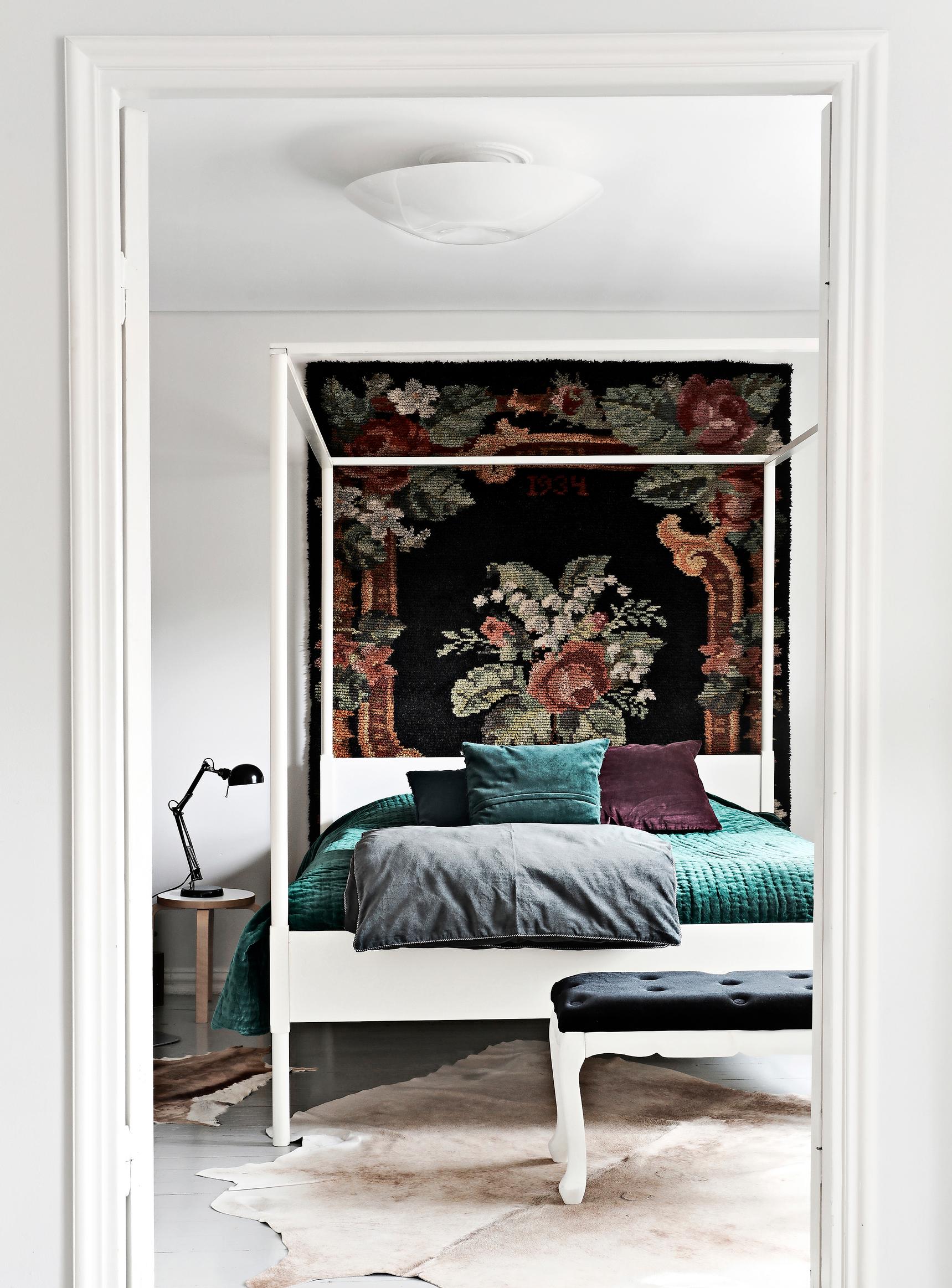

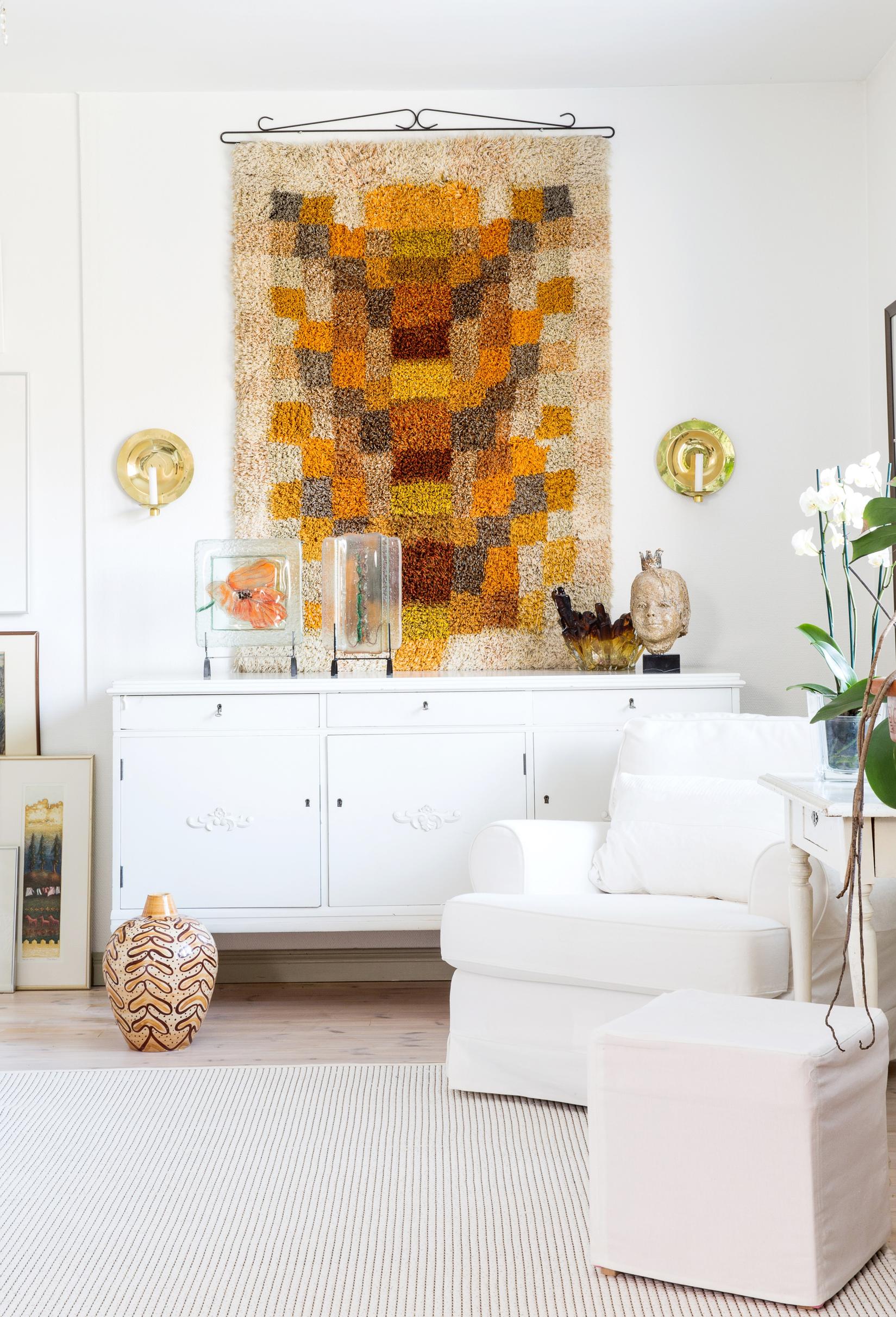
After World War II, ryijys evolved into an independent art form. A new generation of designers mixed wool yarns in the manner of painters, arranging them into abstract “yarn paintings.”Eva Brummer’s, Uhra Simberg-Ehrström’s, Kirsti Ilvessalo’s and Ritva Puotila’s ryijys received multiple design awards.
In the following decades, art ryijys took on an even more experimental direction. Paper twine, linen, viscose, and even LED lights were added to the wool. At the same time, the ryijy lost its status as the prized textile of the living room. During the yuppie era of the 1980s, ryijys were considered old-fashioned. Many were rolled up and placed in storage.
Today, the softness, beautiful colors, and down-to-earth feel of ryijys once again resonate with people. A ryijy brings inviting warmth and balance to modern interiors.

